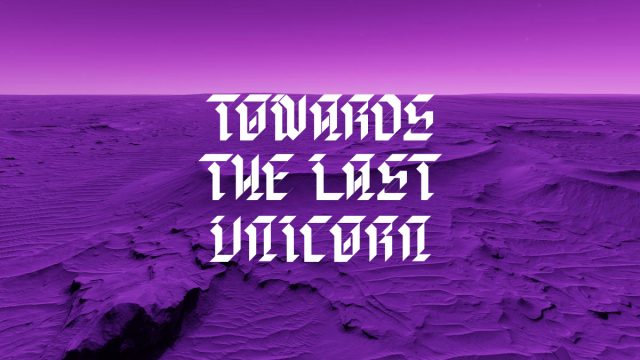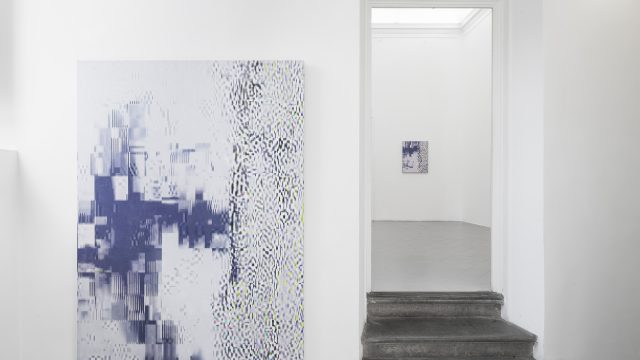It is with great pleasure that Mendes Wood DM presents Paulo Nazareth’s third exhibition at the gallery. The artist lives and works in Minas Gerais, Brazil. The show brings together recent works that question aspects of Brazilian art history from the modernist period until today; the commercialisation resulting from the genocide of Brazilian indigenous peoples; and the relationship between immigrants and the urban environment. The selection of works includes installations, videos and posters.
In the series Produtos do Genocídio (Products of the Genocide) Nazareth examines products and organisations that use names and elements from indigenous cultures. This is a painful reminder of their annihilation and also a posthumous memory. The series invites us to reflect on a genocide that must not be forgotten. Nazareth reminds us that these products do not compensate the violated, decimated and acculturated peoples. Found objects, such as a drink’s bottle called Koikoi, are showcased inside resin boxes and placed on street market stalls. As such, the artist queries the historical oblivion of the issues he raises: where are the Aimoré, the Aimboré or the Botocudo? What about the Tupi-Guarani, the Apache and the Tupinambá? Who were the Quilmes?
In the next room, the film Ol Ori Buruku is exhibited. The work centres on a Nigerian immigrant who is situated on top of Edifício Itália overlooking São Paulo throwing insults in his Yoruba language. Nazareth raises the issue of an African immigrant who, as a result of tragedy experienced in his homeland, is forced to look for safety outside of his country. But more importantly, this man — like so many others — believed in an idealistic version of a city that promised a future free from the problems of the past. By experiencing the concrete reality of the city that he had idealised, the Nigerian man’s dreams are shattered and he acknowledges his own frustration, breaking away from the death, inequality and evil that resonates in the struggle against this reality. By off-loading his frustrations, he introduces questions about the separation of African men from their geographic and cultural origins, and diasporas all over the world. His insults are delivered in Yoruba, the language of the first slaves brought from Africa to Brazil. In order to approach a problem of historical proportions, linguistic references unite past and present in a conflict that is full of symbolism. Ol Ori Buruku is an oath in Yoruba that means bad mentality, whilst the word Ori means the essence of being. The question of identity is challenged in terms of its impact on the formation of societies, the urban landscape and immigrants’ lives. Due to capitalist transformations, these immigrants need to let go of their cultural background in order to adapt to a society that does not allow an individual to preserve his or her full identity.
At the end of the exhibition, the artist presents the artist presents Bestiary Capital – a series of drawings of animals that are used as logos of products for the market in general – In addition to the drawings, posters of dance balls and events takes place in the poor urban fringe, to which he added white painted circles, such as in Pó de Pemba (Efun). These works are an ironic take on the historical importance of the Brazilian concrete movement and its white, rich, closed social circuit, which as a result of its power, has hidden and marginalised all production existing outside. The circle painted with efun — a white substance made of lime, which for many years was used to paint poor people’s shacks — makes reference to the white spots on a guinea fowl, which are believed to have been made by god Oxala to keep death away. Nazareth confronts both the favela and modernist architecture which still evicts people from their homes, not only geographically but also in all other contexts.
Paulo Nazareth (Governador Valadares, 1977) Lives and works throughtout the world. He has featured in the following shows: Much wider than a line, SITE Santa Fe, USA (2016); Soft Power. Arte Brasil, Kunsthal KAdE, Amersfoort, Netherlands (2016); All The World’s Futures, 56th Biennale di Venezia, Venice, Italy (2015); The Rise and Fall of Art Biennales, LATVIAN Center for Contemporary Art, Riga, Latvia (2014); Entre-temps… Brusquement, et ensuite, 12e Biennale de Lyon, Lyon, France (2013); The Encyclopedic Palace, 55th Biennale di Venezia, Venice, Italy (2013).
Mendes Wood DM (press release)
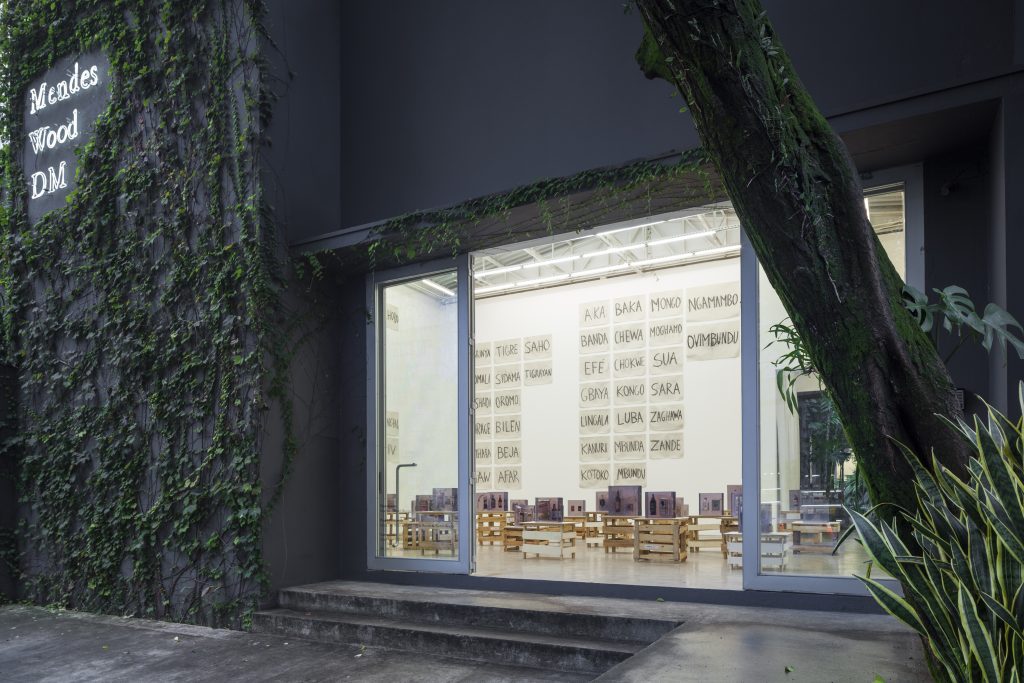
Image courtesy Mendes Wood DM.
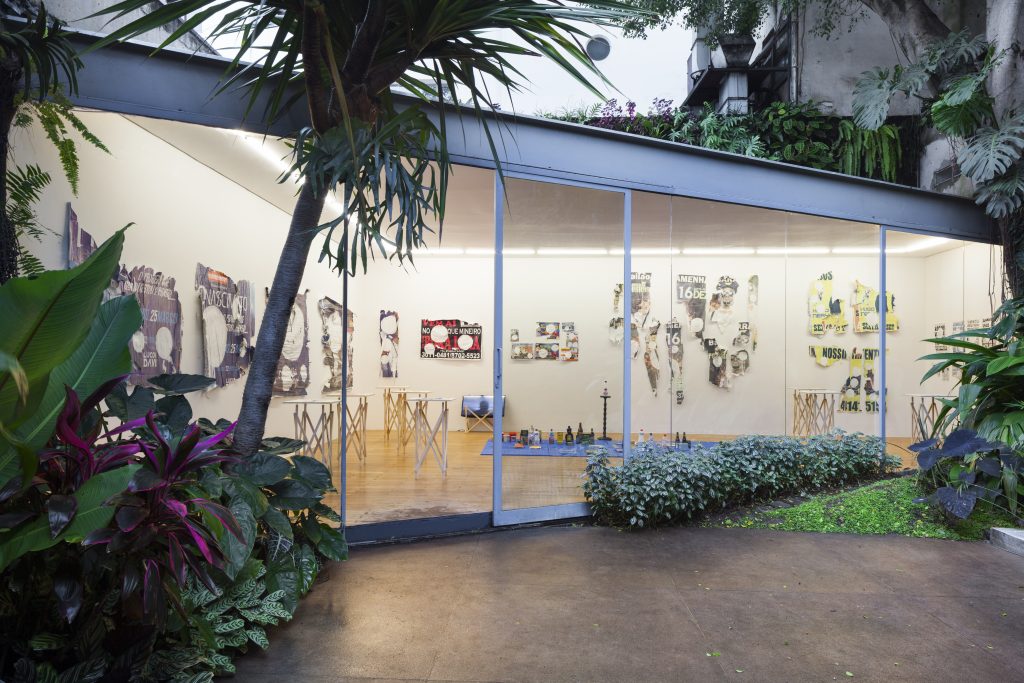
Image courtesy Mendes Wood DM.
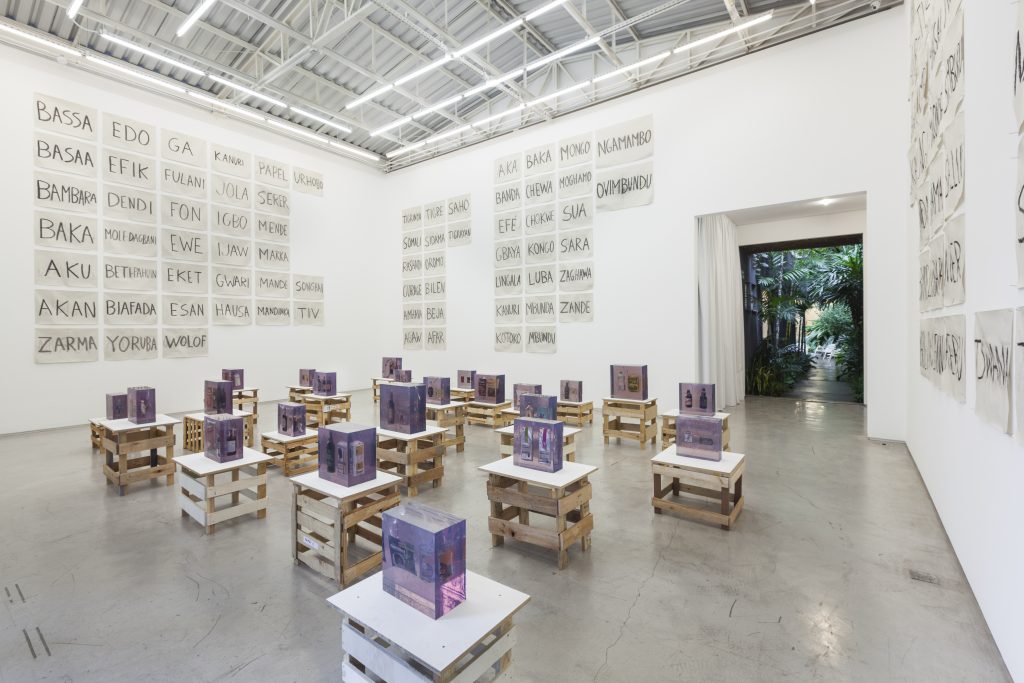
Image courtesy Mendes Wood DM.
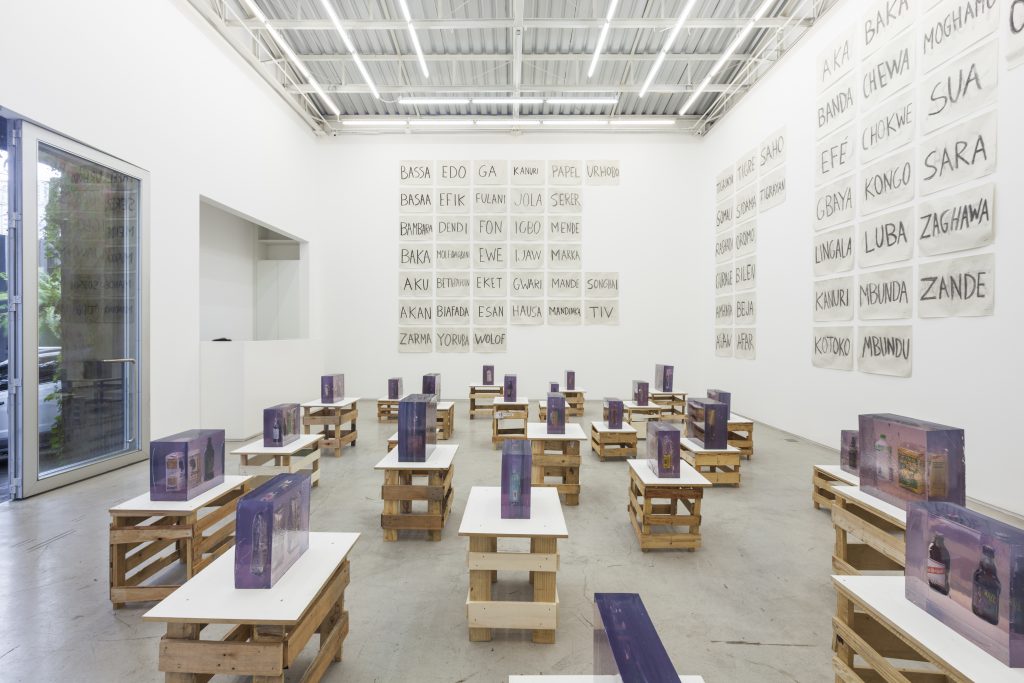
Image courtesy Mendes Wood DM.
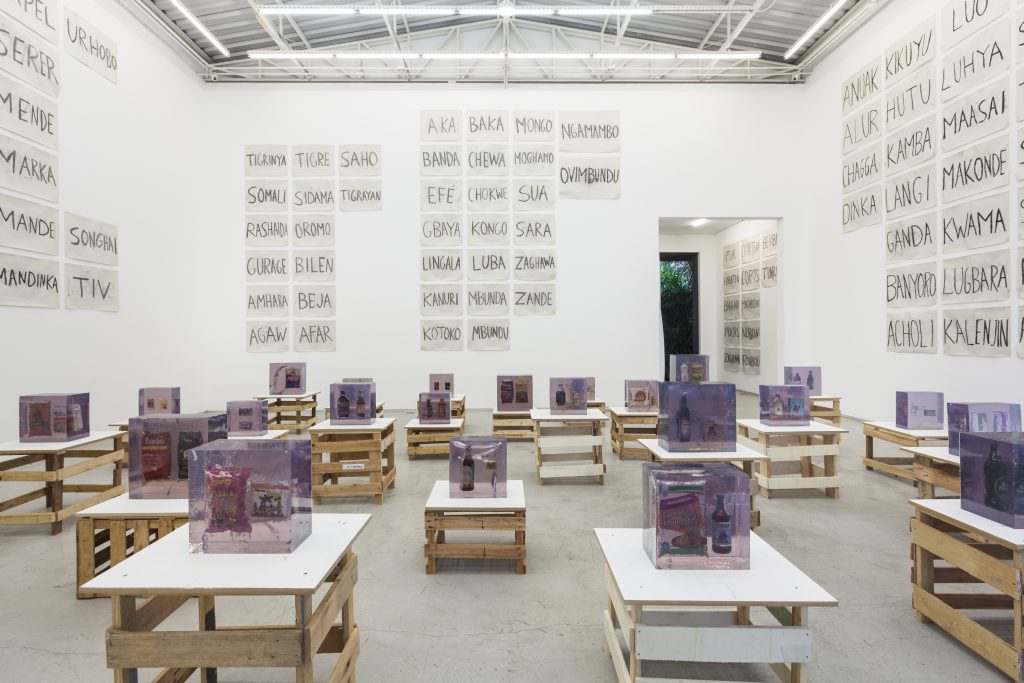
Image courtesy Mendes Wood DM.
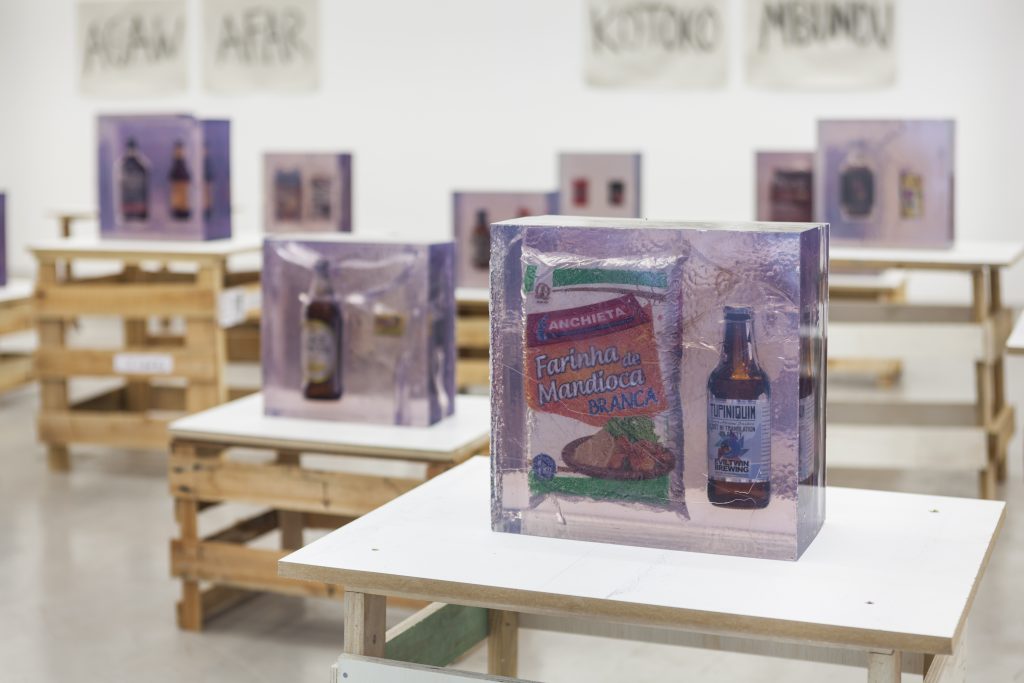
Image courtesy Mendes Wood DM.
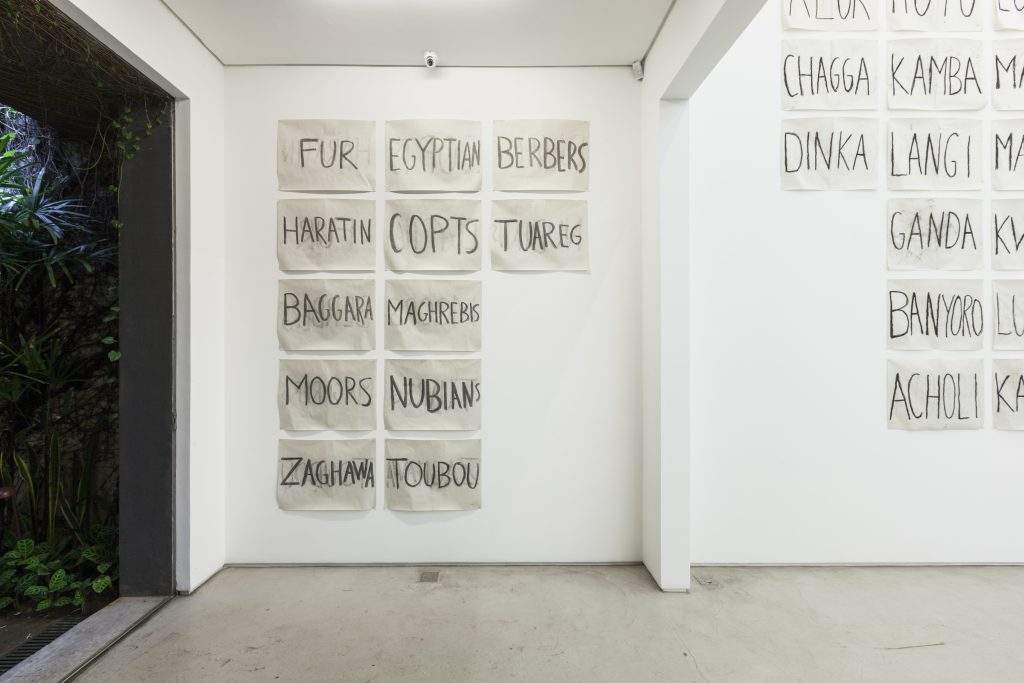
Image courtesy Mendes Wood DM.
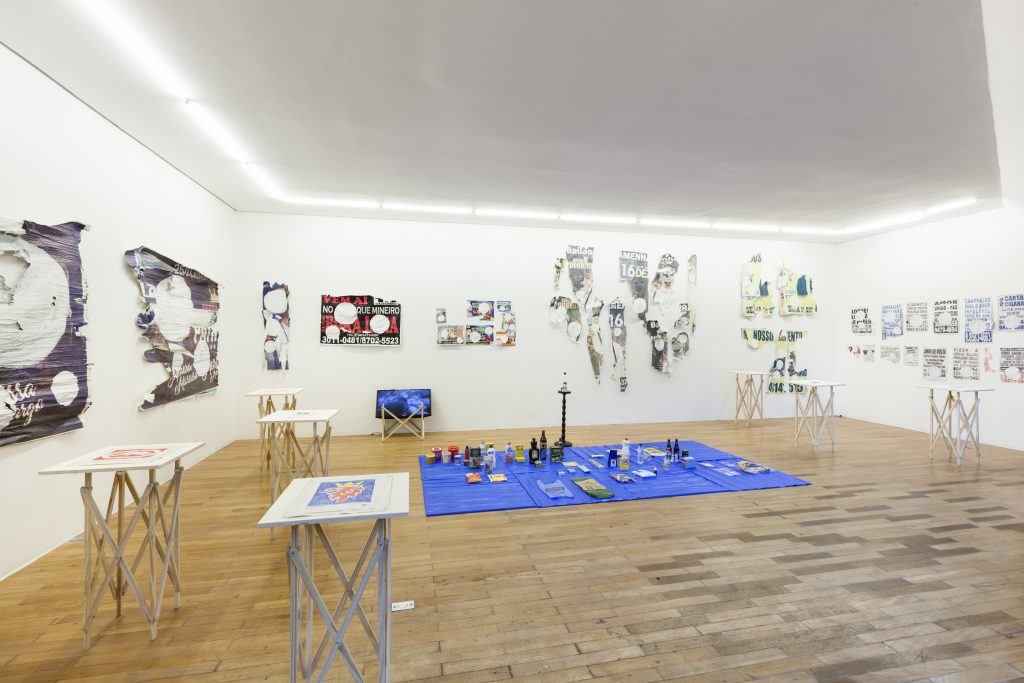
Image courtesy Mendes Wood DM.
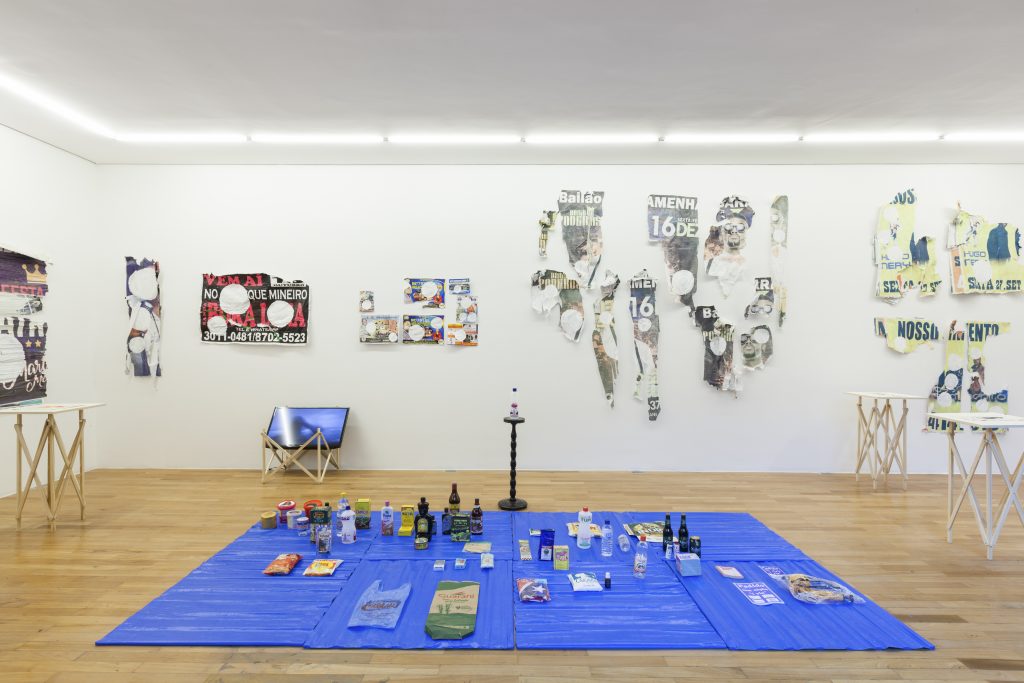
Image courtesy Mendes Wood DM.
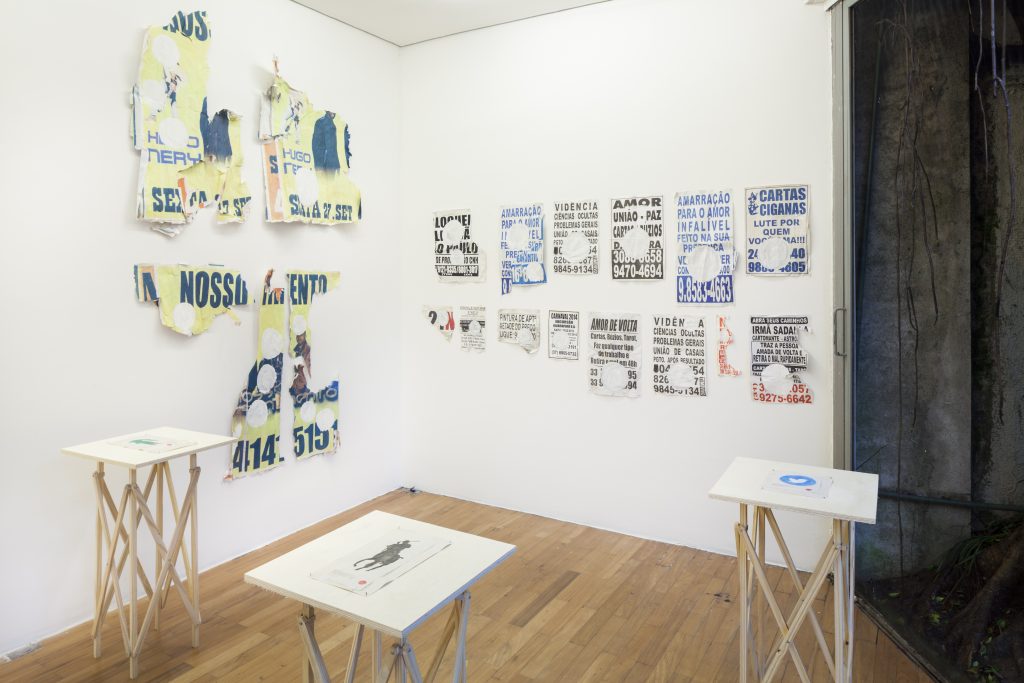
Image courtesy Mendes Wood DM.

Image courtesy Mendes Wood DM.

